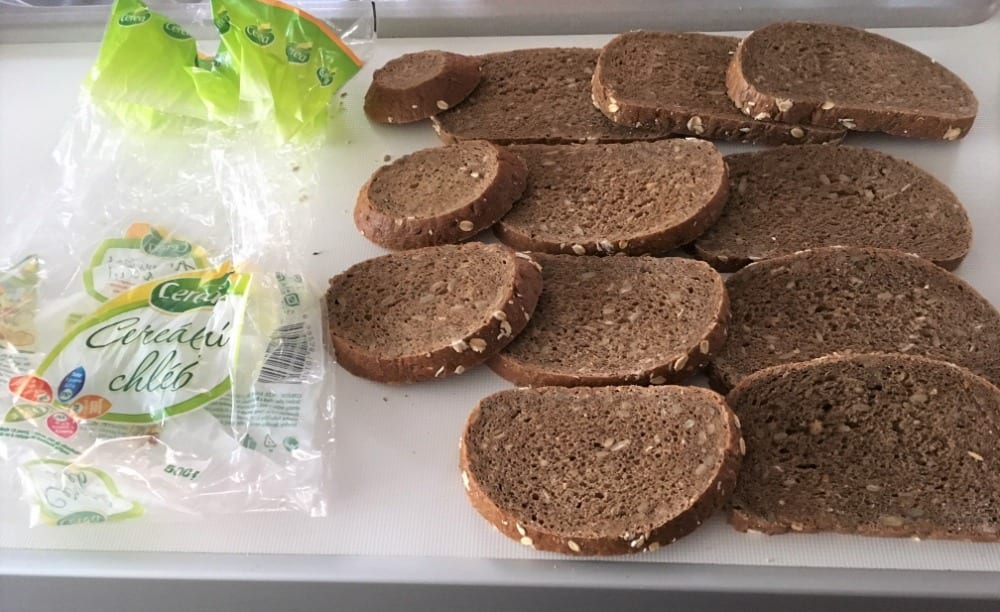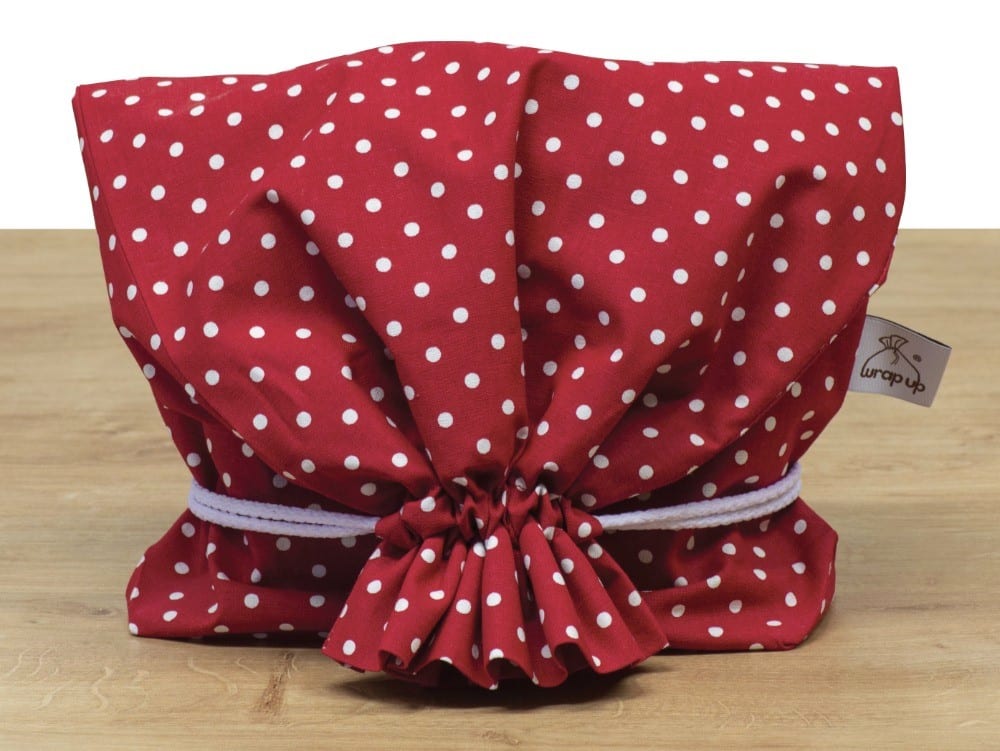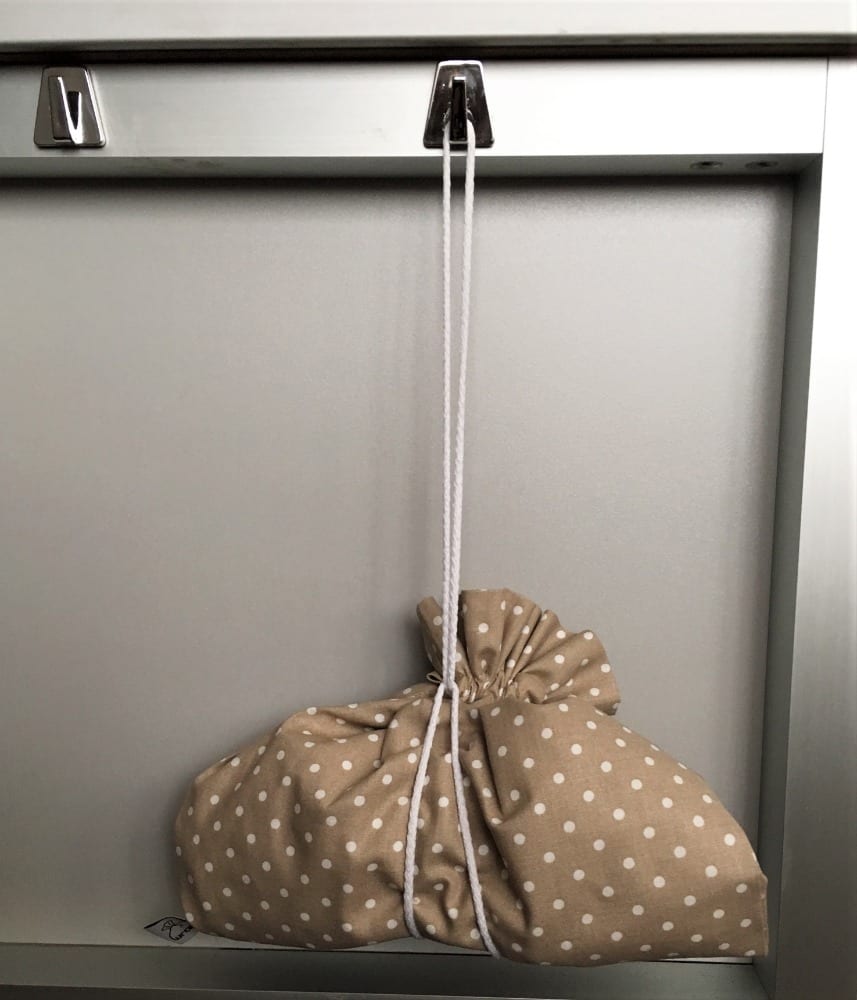How to use them


Never put the bag with bread in it inside a plastic bag or airtight bread box (wooden bread boxes may be an exception for bread with no crust). It can be left standing on the counter or hanging anywhere in the kitchen (but not in direct sunlight). It goes well in the pantry during the heating season of winter months. If the loaf of bread is large, it might be better to lay the bag flat than to hang it by the strings. The same goes when buying large loaves of bread. It is better to carry the bread bag in a shopping bag than to hold it by the strings. Do not put bread in the refrigerator. Bread must never be frozen, heated up or sliced while in the bag. These bags are not intended for snacks, desserts or other foods or materials.
How to keep bread inside it without mold quickly forming
The surface of the bread must be dry before placing it in the bag. If it has become damp in plastic (already in the store) or dewy in the refrigerator, wait until the surface dries completely (even between slices of bread!) before putting it in the bag, because a damp or slimy surface is an open invitation to mold. The manufacturer declares that the inner fabric resists mold and keeps bread fresh longer compared to a dish towel, but it cannot guarantee that bread inside the bag will never mold. Bread is a perishable food and contains starch, so (apart from freezing) mold cannot be completely prevented. The speed at which mold appears is mostly determined by the quality of the bread itself and the hygiene that goes into handling it by the manufacturer and seller. The freshest bread is either baked at home using quality ingredients or unpackaged quality bread made naturally from yeast, because it has anti-septic features.


Home-baked bread should be left in a clean cloth for at least 12 to 24 hours after baking to ensure it not only cools down, but has “let off steam” so that it has a pleasantly dry surface when put inside the bag. Leave it in the cotton cloth until the surface is no longer damp or the bread no longer “working”. Bread must be completely cooled and have a dry surface before it goes into the bag. Any mold on the surface can be related to high humidity in the bag that comes from a thick loaf of rye bread or any bread with lots of seeds or olives. The bag in these cases can be left a little open for the first two days or so. If on the first day after being taken out of the bag the crust is damp or has split, leave the bag a little open to ensure the moisture inside does not condense.
How to store bread without it getting stale quickly
From the point of view of bread getting stale or hard, our Wrap Ups are the best solution. Put the cutting surface of the bread downward, gently push the air out of the bag, tightly close it with the strings and hang it. For a small piece of bread that has already become a little stale, it is better not to hang the bag, rather lay it flat (or leave it standing) with the empty part folded around and the loose strings tied around it so that the bread comes into the most contact with the fabric. This is especially true in winter time, when the air inside the household tends to be dry. In the summer time, whether on the terrace, in a tent or by the sea, depending on the humidity, it is enough to just close the bag.


For bread without crust (rolls, buns), the fabric works less actively, because it works on the basis of retaining moisture and bread without crust (especially from white flour) is drier. In these cases the empty part should be folded around (just like for a piece of bread) and the bag firmly wrapped so that the bread is covered by the fabric. To ensure the bread has maximum contact with the fabric instead of air, the bag should be formed around the bread with the empty portion wrapped around the rest of the bag and tied with the strings. Rolls and buns can be put in the bag together with bread, that way sharing the moisture and lasting longer. Putting the bread bag in a wooden breadbox or pantry and cupboard is also possible, depending on personal experience.


Our bags work best for homemade bread and store-bought bread baked with sourdough, which has a better and smoother structure, as well as for rye bread, which has a higher moisture content, and generally for any properly baked bread. The “edibility” of bread made from frozen, semi-finished products is limited, usually just a day, because they lack the necessary softness and harden quickly. If you want bread to keep for more than two days, abstain from anything baked from frozen, semi-finished products.
 English
English
 Deutsch
Deutsch